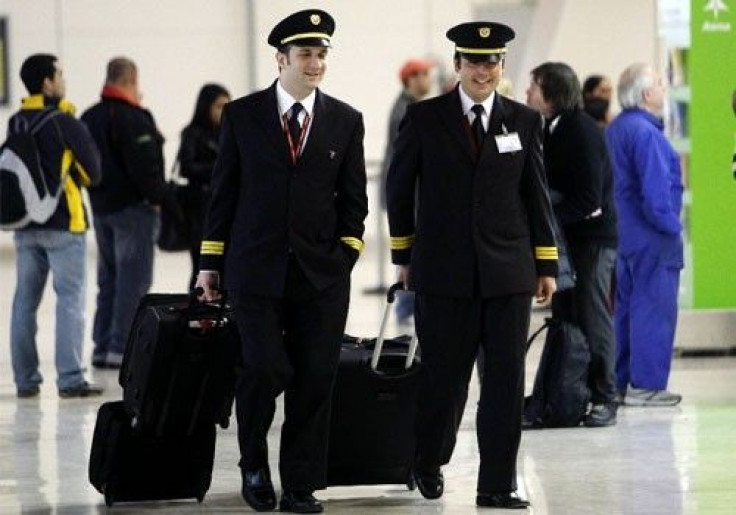Pilots and Air Traffic Controllers Face New FAA Rules That Mean They Can't Work If They Have Sleep Apnea

If you’re the type of air passenger who worries about the pilot falling asleep in the cockpit and your plane nosediving 30,000 feet into the ground before bursting into a ball of flame, then you’ll be happy to know that the Federal Aviation Administration announced Wednesday new regulations requiring pilots and air traffic controllers to undergo testing for sleep disorders if they are overweight.
The rules were announced by the FAA’s federal air surgeon, Dr. Fred Wilton, and could affect as many as 125,000 of the nation’s 600,000 pilots and unknown portion of the 14,500 air traffic controllers.
The new ruling states that anyone with a body mass index of greater than 40 and a neck circumference of more than 17 inches must be tested for obstructive sleep apnea.
This means that a 5-foot-11 man who weighs 287 pounds would have a BMI of 40 and according to the National Institute of Health would be likely to suffer from sleep apnea. Should pilots be found to be suffering from the disorder, they must receive treatment before being allowed to fly.
According to Wilton, those with the higher BMIs will be treated first, then those with lower BMIs will also receive assistance “until we have identified and assured treatment for every airman” with sleep apnea, Tilton wrote.
“This policy seems to be based on one incident involving an airline flight,” Aircraft Owners and Pilots Association Vice President Rob Hackman said in a prepared statement. “Analysis of a decade of fatal general aviation accidents by the General Aviation Joint Steering Committee didn’t identify obstructive sleep apnea as a contributing or causal factor in any of the accidents studied.”
The case in question occurred when two pilots flying for Go! Airlines fell asleep and overshot their destination by 26 miles. The captain was later diagnosed with severe obstructive apnea.
Air traffic controllers have also been found to be sleeping on the job. In 2011 three were fired, one for taking an intentional nap and two others for falling asleep involuntarily.
© Copyright IBTimes 2024. All rights reserved.












